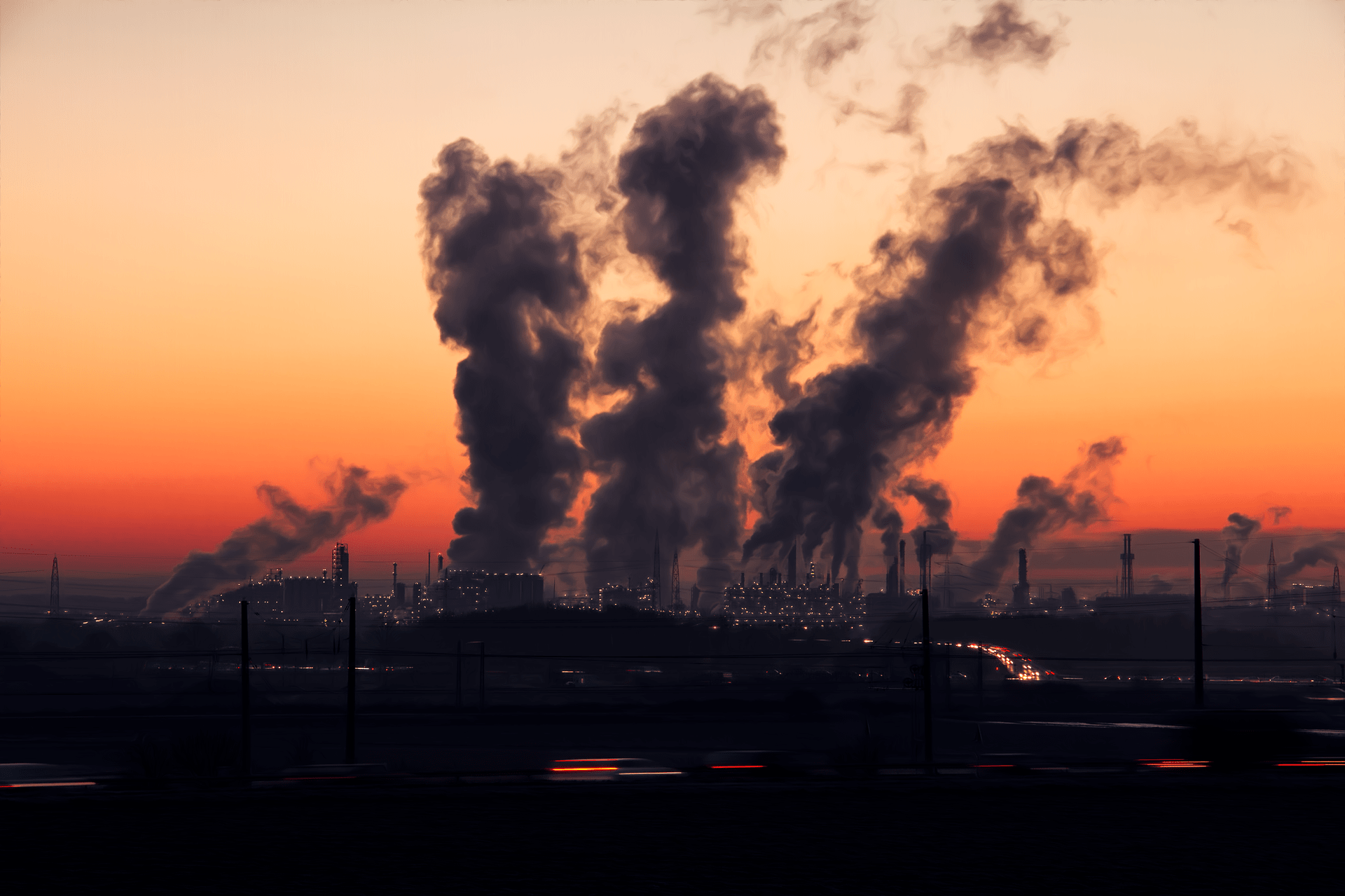There are many problems in the world, and just one of them is preserving the environment around us. In the United States, this has somehow become a party-line issue, though why that is baffles me. However, I can understand wanting to effectively use tax dollars and not hinder businesses from growing. What if there were a market solution for taking better care of the environment while helping businesses move to greener solutions without hurting their profit margins? Oh wait… one already exists.
What is Cap and Trade?
Cap and trade is a rather simple, yet effective market solution for reducing the emission of harmful pollutants. It is a one-two punch comprised of a couple components. First, the identified pollutants are capped. The cap is not arbitrary, and is negotiated by scientists and businesses. If a company exceeds the cap, it is fined, and penalties get stricter over time.
This first part just sounds like a limit, and it doesn’t really become effective until the addition of the second part: trade. Each business is given a certain number of, call them, credits which track how much of its cap it is using. However, the trade aspect of this solution allows a market to be created. Businesses can buy and sell their credits as they see fit. Is your company going to go over its cap? Then it may be cheaper to buy more credits in order to avoid that, rather than pay the (increasingly expensive) fine.
This incentivizes companies to become greener, since the cap is reduced as time goes on and fines get heavier. It also means that the credits held by companies potentially become worth more as the supply decreases. So, a company that gets green quickly can begin offsetting the cost of going green by making money off its unused, unneeded pollution credits. There is then an incentive for late adopters of green technology to take the plunge, as it becomes unsustainable to continue either paying fines or buying credits.
We can save the environment… with the market, and I think that’s pretty cool.
Great in theory, but has this ever worked?
Yes. In 1995, a cap and trade program aimed at reducing/eliminating sulfur dioxide and nitrogen oxide groups was implemented in the US due to compelling reports of acid rain. Acid rain is no joke, but kind of became one due to the wild success of cap and trade. “We used to hear about acid rain like we hear about global warming, and look, it never happened” is a phrase I’ve heard and read whenever climate debates break out. The reason no one hears about acid rain anymore is because the market was an effective tool in encouraging companies to stop spewing toxins into the atmosphere and groundwater.
So it has worked in the past, and could very well work for the greenhouse gases which are affecting the environment now. To me, it’s a win-win: the environment is saved and companies get to make money.
But what if a company does not or cannot go green? Well, to be a little cold, that’s the way of the market. If a company can’t compete with the changing landscape… then it doesn’t really deserve to exist.

